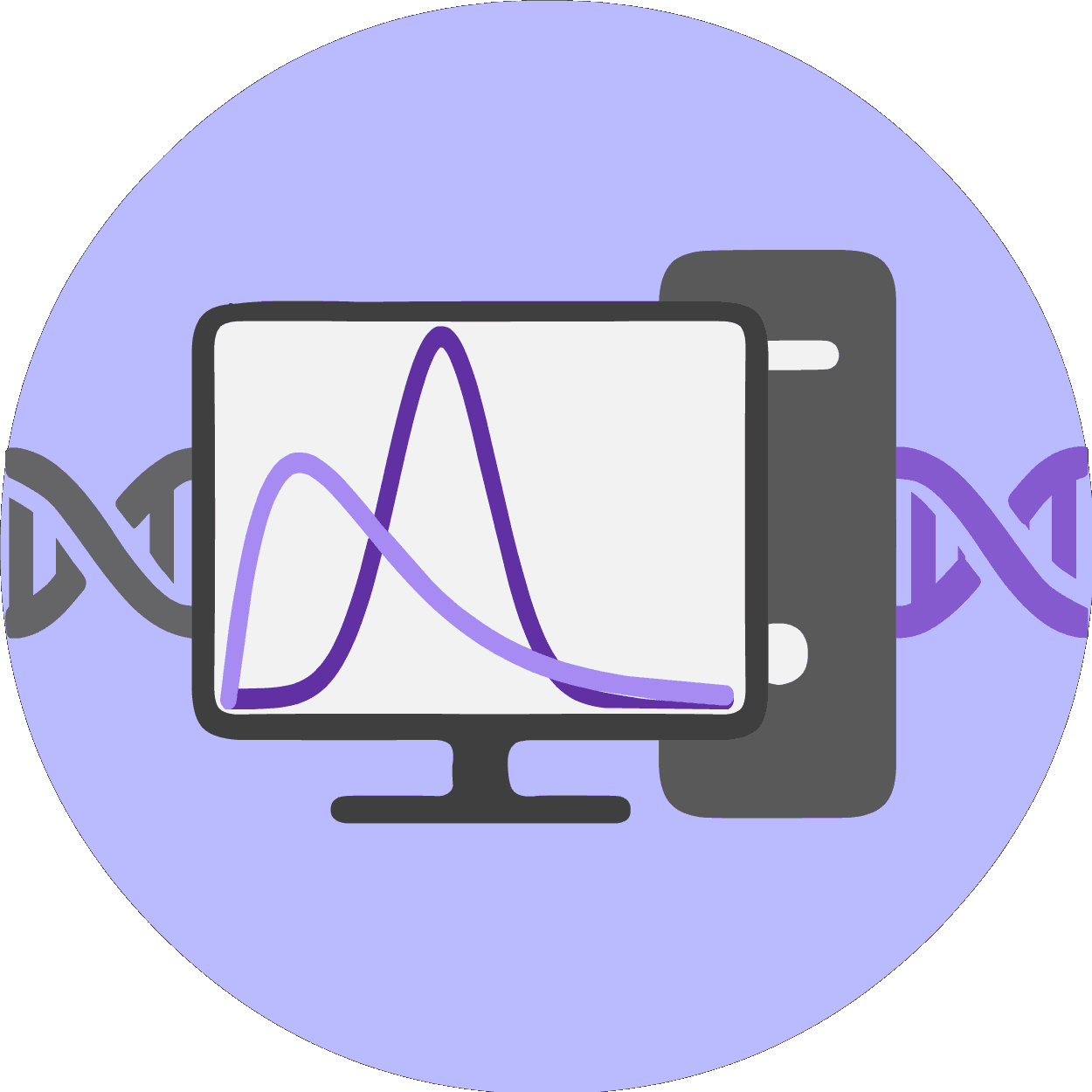Research Interests
I am an integrative biologist studying the macroevolutionary and macroecological consequences of genetic duplication and its role in generating novelty across molecules, phenotypes, and ecosystems.
-

Genetic Novelty
Whole genome duplications are the largest mutations found in nature and often precede adaptive radiations, evolutionary novelties, and periods of environmental change. I use experimental and computational approaches to identify these genome duplication events across the tree of life to reconcile their short term consequences with long term evolutionary advantages.
-

Phenotypic Novelty
As the primary source of new genes in eukaryotes, duplication events are sometimes predicted to be drivers of phenotypic novelty. However, we lack understanding of whether innovation through duplication is a general feature of life, or restricted to a few examples. I develop and apply phylogenetic comparative methods to test the significance of gene and genome duplication in the evolution of novel traits and adaptation.
-

Environmental Novelty
Polyploids (organisms with >2 genome copies) are often found in new or fluctuating environmental conditions. I study the ecology and biogeography of polyploids to understand how they are better able to adapt to extreme, rapidly-changing environments such as areas threatened by human activities and polar regions.




